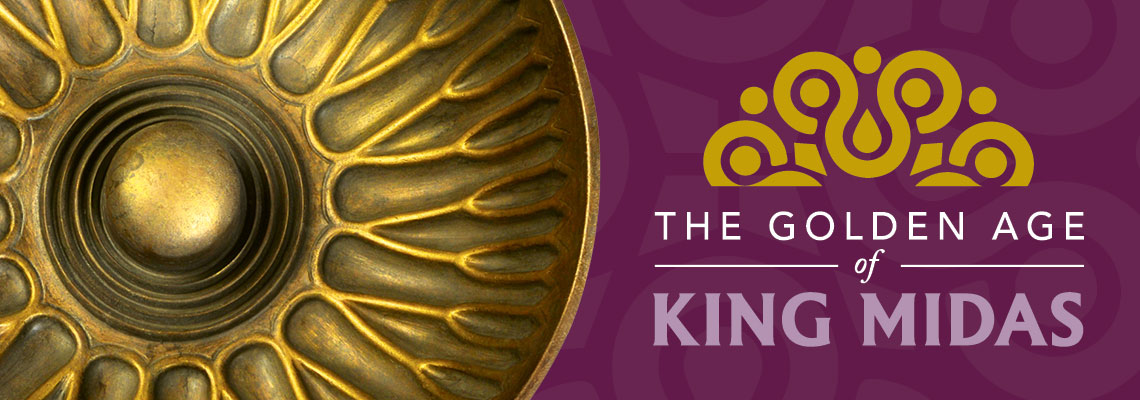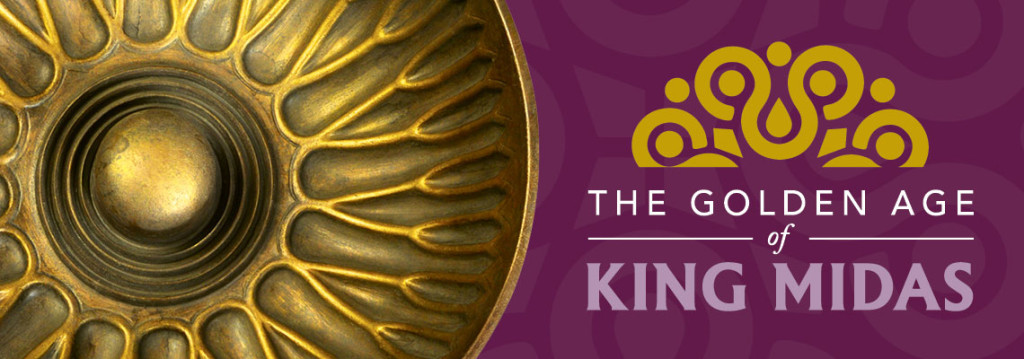Visit the King Midas Exhibit at the Penn Museum!

You’ve heard about King Midas, he of the legendary golden touch. The real King Midas was more than just a legend, however – he was a real monarch, and a new exhibit at the Penn Museum is bringing his world back to life. “The Golden Age of King Midas” kicks off February 13th and runs through November 27th of this year.

The world of King Midas comes to life in a new exhibit at the Penn Museum! (Photo: Penn Museum)
The exhibit transports visitors back in time approximately 3,000 years to what is now modern-day Turkey. It is filled with “spectacular artifacts” that not only bring the past into the future, but also give visitors a unique, realistic taste of what life was like back in Midas’ day. The exhibition focuses around the Midas mound, which was found in the royal city of Gordion. Gordion was named for Midas’ father, King Gordios. The burial mound is the largest at Turkey, coming in at the same size as a 17-story building! Inside, the tomb chamber ranks as the oldest standing wooden building in the world!
Artifacts from inside the tomb are on loan from museums in Ankara, Istanbul, Anatalya, and Gordion. You’ll find artifacts from the funeral of King Gordios, which was more of a giant party celebrating his life. When the great king died, mourners came from all over the empire to reminisce on his life and throw a spectacular funerary feast that would, as the Turkish believed, see his soul off to the afterlife. At least 100 vessels used for consuming beverages were found inside the tomb, all containing residue from the drinks that were inside! These vessels are on display in America for the first time ever. You’ll also find exquisite jewelry, statuary, pottery, and the oldest colored stone mosaic ever made!
In addition, the exhibit contains a Turkish caravansary, an oasis or resting place that was similar to what was used to house visitors in Turkey nearly 3,000 years ago! It is a canvas palace made of handwoven textiles, and reflects where travelers would have stopped… something like a contemporary motel.
Go here for more information about the exhibit and how to visit!



